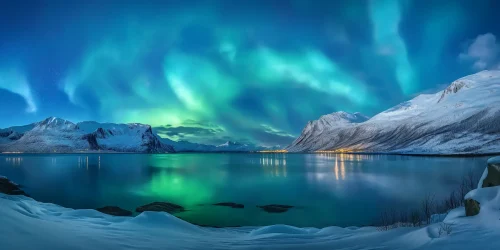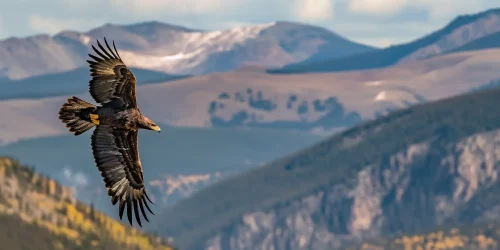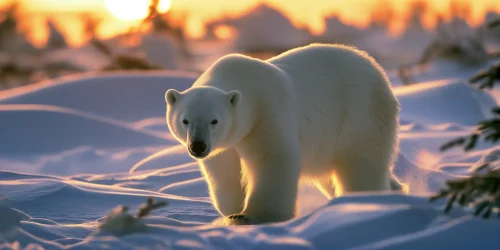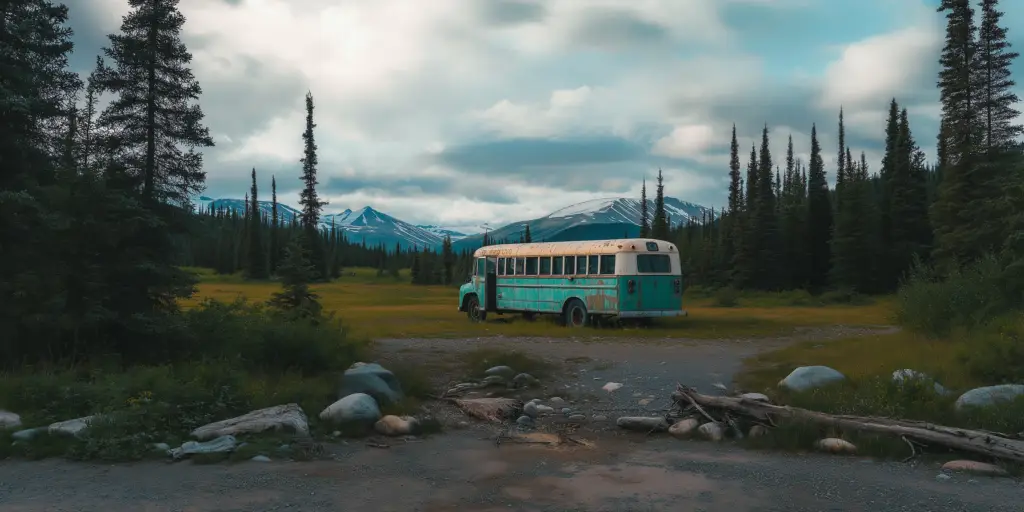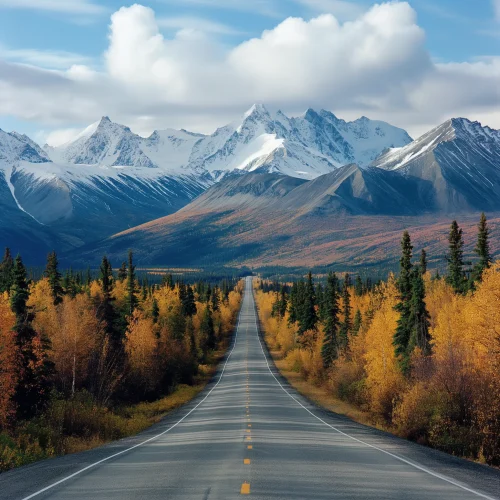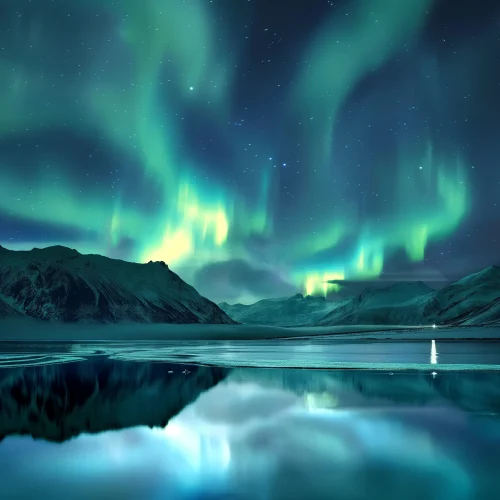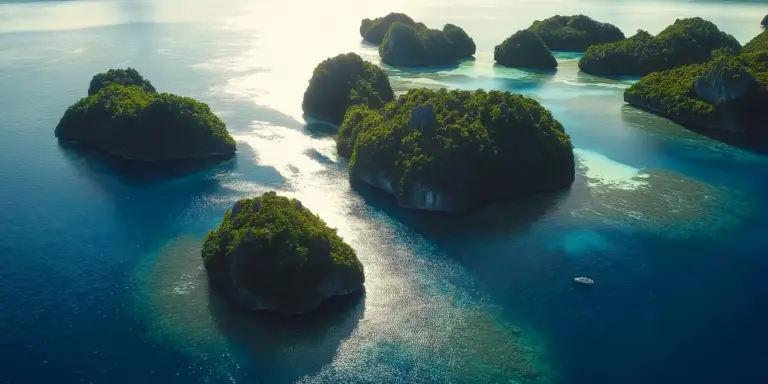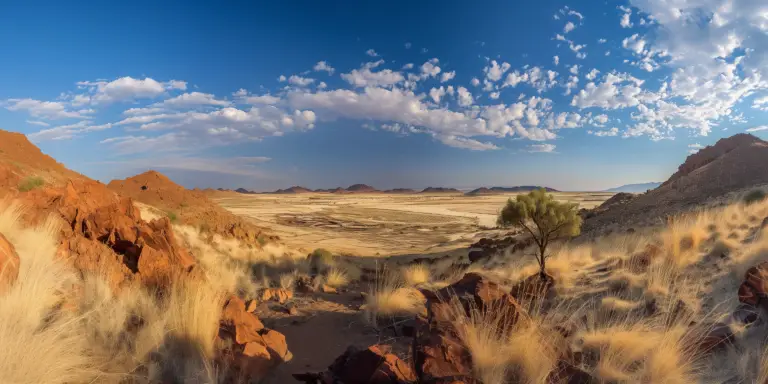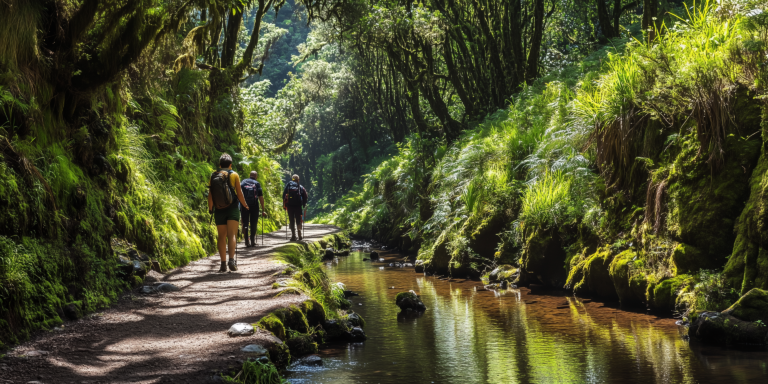I’ve always been fascinated by stories of adventure, and few are as captivating – and tragic – as that of Christopher McCandless and the famous “Magic Bus” from Into the Wild. So when I had the chance to visit the site where it once stood, I couldn’t resist. It was a journey that took planning, determination, and a bit of risk – but standing where McCandless once lived (and ultimately died) was an experience I won’t forget.
How Did the Bus End Up in the Alaskan Wilderness?
The bus, officially known as Fairbanks Bus 142, was originally part of the Yutan Construction Company’s fleet in the 1940s. It was used to transport workers while they built a road through the remote Alaskan interior. When the project was abandoned, so was the bus. It remained on the Stampede Trail, a rough and rugged path leading into the wild lands west of Healy, Alaska. Over the years, hunters, trappers, and adventurers used it as a shelter from the harsh conditions.
Why Did It Stay There So Long?
For decades, the bus remained exactly where it had been left. The location was difficult to reach – accessible mainly by ATV, snowmobile, or on foot – but that didn’t stop visitors from making the trek. Then, in 1992, Christopher McCandless, a young man seeking a deeper connection with nature, made his way to the bus and lived there for about 114 days before tragically dying of starvation. His story, documented in Jon Krakauer’s book Into the Wild and later in the film adaptation, turned the bus into a symbol of freedom, solitude, and survival.
After the book and movie came out, the site became a pilgrimage destination. Hikers from all over the world attempted to follow in McCandless’ footsteps, hoping to experience the wilderness as he had. Some succeeded. Others weren’t so lucky.
The Dangerous Journey to Bus 142
Reaching the bus was no easy feat. The Stampede Trail wasn’t a maintained road – it was a rough, overgrown path that quickly turned treacherous with rain or melting snow. But the biggest challenge? The Teklanika River.
McCandless himself struggled with the river, which swelled dangerously during summer. Many visitors over the years underestimated it, and at least two people drowned trying to cross. Others had to be rescued after getting stranded on the wrong side. Search-and-rescue teams were frequently called in, putting local authorities at risk.
To get there, travelers had to hike about 20 miles from the nearest road. Some used makeshift rafts or zip lines to cross the Teklanika, while others relied on guides. When I visited, I took every possible precaution: I studied maps, checked weather conditions, and carried emergency gear. Even then, it was clear why so many people got into trouble—the terrain was unforgiving, the river was unpredictable, and help was a long way away.
The Bus’s Removal
After years of rescues and safety concerns, Alaskan officials decided to remove Bus 142 in June 2020. The state’s National Guard used a Chinook helicopter to airlift it out, taking it to a secure location to prevent further accidents. Officials cited public safety as the main reason—it was simply too dangerous to leave it there.
Today, the bus is housed at the University of Alaska’s Museum of the North in Fairbanks, where it’s being preserved as a historical artifact. Visitors can see it without risking their lives, which, frankly, is a smart move.
Standing in McCandless’ Footsteps
Before the bus was removed, I had the chance to see it in person. Walking through the wilderness, seeing the rusting shell of Bus 142, and stepping inside where McCandless had lived was surreal. His notes, messages from other travelers, and old remnants of survival attempts were still there.
It was a humbling experience. The bus wasn’t just a symbol of adventure – it was a stark reminder of nature’s unforgiving power. McCandless’ story is often romanticized, but standing there, it was clear that survival in the wild is no fairy tale.
Would I recommend the journey? If the bus were still there, I’d say only to those truly prepared. But with its removal, the story remains, and now, travelers can appreciate it safely at the museum – without risking their lives in the Alaskan wilderness.
